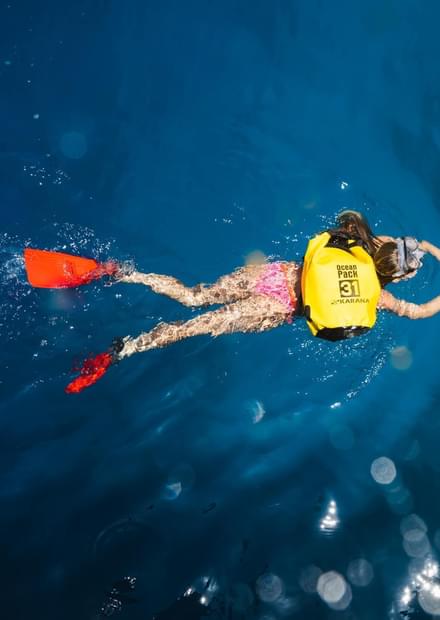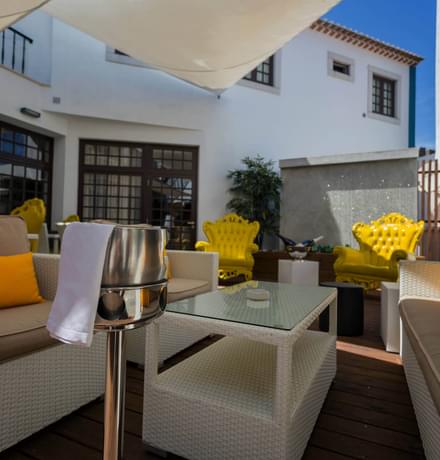Berlenga Grande, the main island, is 1.500 meters long, 800 meters large and 85 meters high. Its climate is influenced by both Atlantic and Mediterranean weather influences, which make this archipelago a unique ecosystem in the word. The waters are rich in fish and sea mammals, sea plants and other sea organisms, leading to the classification as a Maritime Reserve. The Berlengas archipelago is a true geological monument, an important testimony of the History of the Earth and the formation of continents and oceans.
Grouts and a dream world
Furado Grande, the most impressive grout of Berlenga crosses the whole island,as if it were a natural tunnel 70 meters long and 20 meters high, leading to Cova do Sonho and Furado Pequeno, that can only be reached by low tide. There are dozens of grouts to explore in the whole island, many of them submerged and only reachable by diving.
Flora
Some of the flora species of the archipelago of Berlengas are unique in the Earth (endemic species of Berlengas). Other have a very specific distribution. There are barely trees in Berlengas, because there is a lack of soil and very salty winds, making it very hard for tree species to settle.
Fauna
Berlengas has several sea birds, which are very important for the archipelago. The sea is rich in food and so the sea birds can easily find nourishment in its fish-rich waters. In the island, the sea birds find the perfect shelter for breeding.
Men and Gods
The island of Berlenga Grande was occupied in 1513 by a community o monks of the Order of St. Jerome, who were the founders of the Monastery of Misericórdia da Berlenga, helping castaways and providing them shelter for 35 years. During this period, peacefulness and isolation were violently interrupted by pirate attacks, who plundered the convent and captured the monks, turning them into slaves in North Africa. Therefore, many monks have abandoned the archipelago. The monastery of Berlenga fell in ruins, and only a few walls and loose stones have remained.
Berlenga Lighthouse
At the highest peak of the island rises the Lighthouse of the Duke of Bragança or Berlenga Lighthouse, built in 1840. In the beginning it was fed by liquid fuel, first olive oil, then oil, and finally by electric power in 1926. It is an automatic lighthouse since 1985 and it now works since 2001 with sun energy. There are still lighthouse keepers working in the Berlenga Lighthouse. Under good weather conditions, it is possible to see its light in the distance. It is approximately 29 meters high and it has 265 steps.
Fortress of St. John, the Baptist
Due to the location of the island as an excellent defence spot of the Portuguese territory, the Fortress of St. John, the Baptist was erected by King D. João IV. After almost 2 centuries under several military strategies, it was abandoned in 1847. In the middle of the 20th century, it was restored and renewed. It is nowadays a local accommodation spots of the island with 20 rooms.
Visits
From May 22nd to September 15th
Viamar – Sociedade de Viagens Peniche – Berlenga, Lda (Office)
Travessa Nossa Senhora da Conceição, n.º29
2520 – 518 – Peniche Portugal
Phone.: +351 262 785 646
Berlenga: a 100% sustainable island
The energy in the island of Berlenga is now exclusively produced by solar collectors. The island has successfully replaced diesel by sun energy. Sustainability is the future and Berlenga has taken a step ahead.
The full decarbonisation of Berlenga is a project of the Portuguese electricity provider EDP Distribuição in partnership with the city hall of Peniche and the Institute for Nature Conservation and Forests. In the recent past, this island off the coast of Peniche was supplied by diesel. Around 15 thousand litres of diesel were transported every year by boat to Berlenga.
In 2011, Berlenga was classified World Biosphere Reserve by UNESCO. It is a Natural Reserve since 1981 and a Special Protection Area for Wild Birds since 1999.














